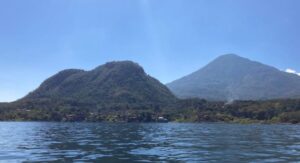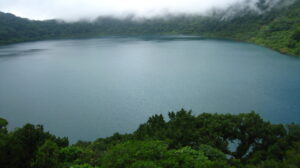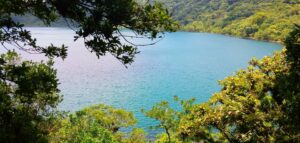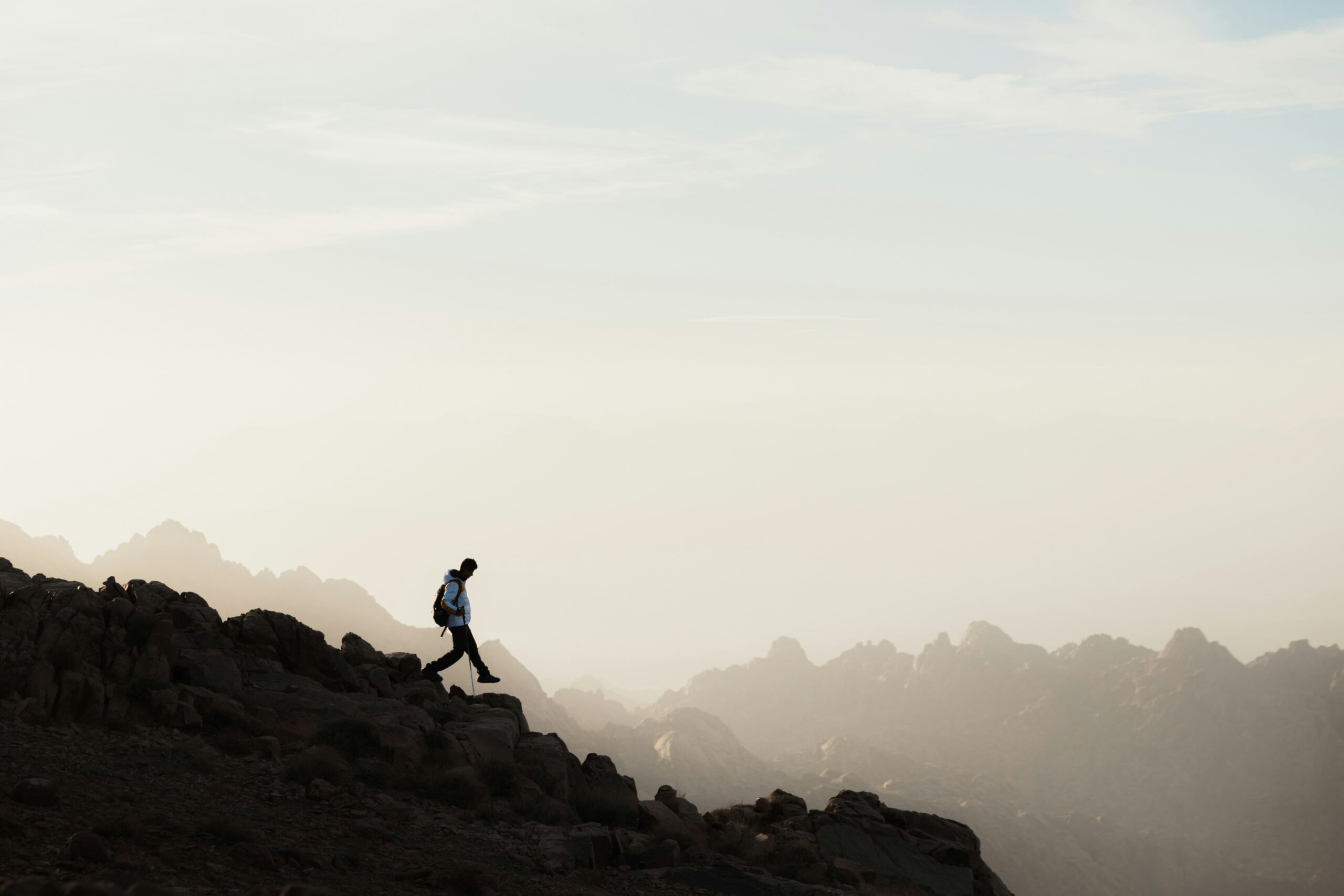
Altitude Sickness: How to Handle It When Hiking a Volcano in Guatemala
Hiking a volcano in Guatemala offers a thrilling experience, but it also comes with its challenges. One of the most common issues hikers face is altitude sickness. As you ascend to higher elevations, the air becomes thinner, and the risk of altitude-related problems increases. Understanding how to prevent and manage altitude sickness can make the difference between an enjoyable trek and a challenging one.
What is Altitude Sickness?
Altitude sickness, also known as acute mountain sickness (AMS), occurs when your body struggles to adapt to lower oxygen levels at high altitudes. The higher you go, the less oxygen is available, and this can cause symptoms like headaches, nausea, dizziness, and shortness of breath. In severe cases, altitude sickness can lead to more serious conditions like high-altitude pulmonary edema (HAPE) or high-altitude cerebral edema (HACE), which can be life-threatening if not treated promptly.
Why is Altitude Sickness a Risk in Guatemala?
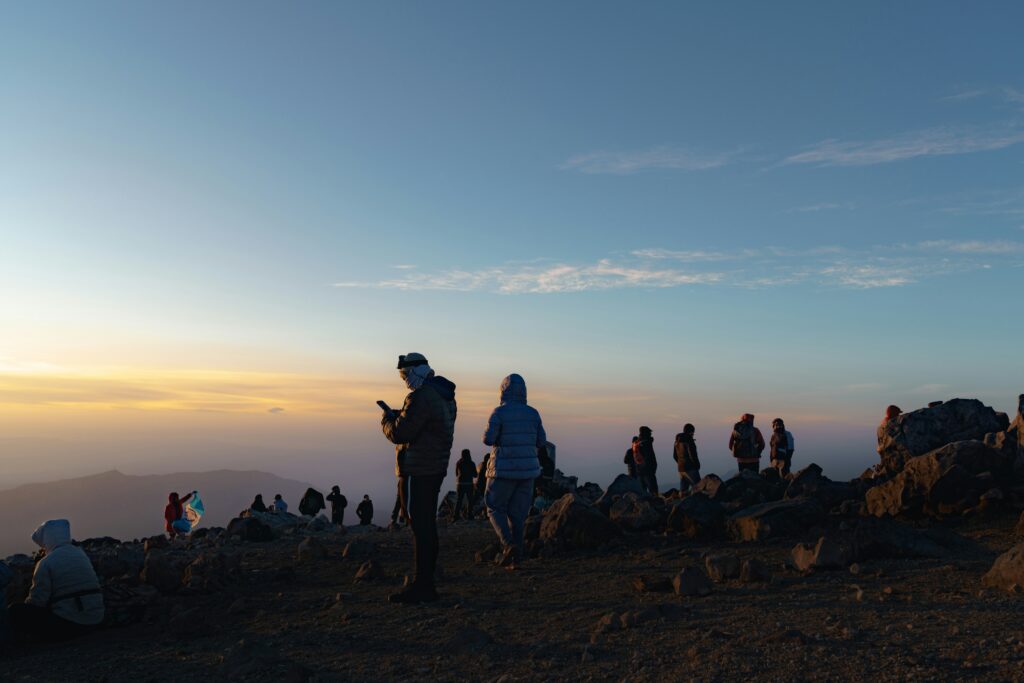
Guatemala is home to several high-altitude volcanoes, including Acatenango, Tajumulco, and Pacaya. These peaks offer stunning views and a sense of adventure, but they also rise to altitudes where the risk of altitude sickness increases. For example, Tajumulco, the highest volcano in Central America, reaches an elevation of over 4,200 meters (13,800 feet). At these heights, even experienced hikers can experience altitude-related issues.
Recognizing the Symptoms of Altitude Sickness
The symptoms of altitude sickness can vary from person to person, but they typically appear within hours of reaching a high altitude. Here are some common symptoms to watch out for:
- Headache: A persistent headache is often the first sign of altitude sickness.
- Nausea and Vomiting: Feeling nauseous or vomiting is another common symptom.
- Dizziness: You may feel lightheaded or dizzy, especially when moving around.
- Fatigue: Extreme tiredness or weakness can set in, even after mild exertion.
- Shortness of Breath: You may struggle to catch your breath, even at rest.
- Difficulty Sleeping: Altitude sickness can cause restless sleep or insomnia.
If you experience any of these symptoms, it’s important to take action right away to prevent the condition from worsening.
How to Prevent Altitude Sickness
Prevention is key when it comes to altitude sickness. By taking a few simple steps, you can reduce your risk and enjoy your hike to the fullest.
- Acclimatize Before Your Hike
- Spend a few days at a higher altitude before attempting your volcano hike. This gives your body time to adjust to the lower oxygen levels. For example, if you’re planning to hike Acatenango, spend a couple of days in Antigua or another high-altitude town beforehand.
- Stay Hydrated
- Drink plenty of water before and during your hike. Dehydration can worsen the symptoms of altitude sickness, so aim to drink at least 3 to 4 liters of water each day. Avoid alcohol and caffeine, as they can dehydrate you.
- Take It Slow
- Ascend slowly to allow your body time to adjust. If possible, plan your hike with built-in rest days, especially if you’re going above 3,000 meters (9,800 feet). Listen to your body, and don’t push yourself too hard.
- Eat Light and Nutritious Meals
- Eating heavy meals can increase your risk of nausea and other symptoms. Stick to light, nutritious foods like fruits, vegetables, and whole grains. Avoid overeating, and make sure to eat regular, small meals to keep your energy levels stable.
- Consider Medication
- Some hikers choose to take medications like acetazolamide (Diamox) to help prevent altitude sickness. Consult with your doctor before your trip to see if this option is right for you. Start taking the medication a day or two before you begin your ascent.
- Practice Deep Breathing
- Deep breathing exercises can help you increase your oxygen intake. Practice taking slow, deep breaths to help your body adjust to the altitude.
What to Do If You Experience Altitude Sickness
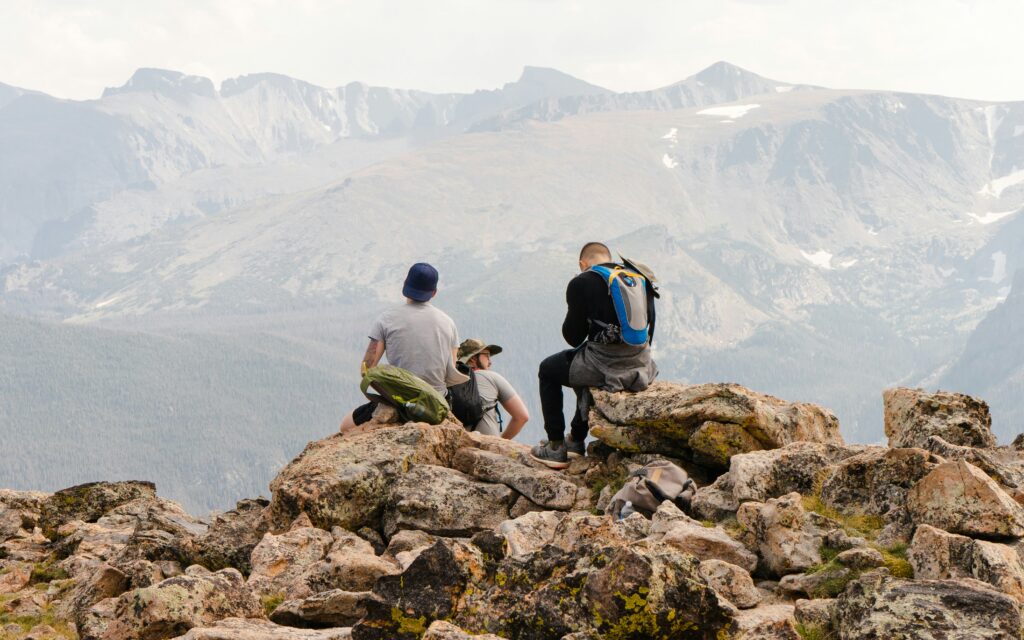
Even with the best preparation, altitude sickness can still occur. If you start to experience symptoms, it’s important to act quickly to prevent the condition from worsening.
- Stop and Rest
- If you feel unwell, stop and rest immediately. Don’t try to push through the symptoms, as this can make things worse. Find a safe place to sit down and take some deep breaths.
- Descend to a Lower Altitude
- If your symptoms persist or worsen, the best course of action is to descend to a lower altitude as soon as possible. Even descending by just 300 meters (about 1,000 feet) can make a significant difference in how you feel.
- Stay Hydrated
- Continue to drink water, even if you’re feeling nauseous. Sipping on water slowly can help ease your symptoms and prevent dehydration.
- Take Pain Relievers
- If you have a headache, over-the-counter pain relievers like ibuprofen or acetaminophen can help. However, avoid relying on these to mask symptoms; it’s better to address the root cause by descending if needed.
- Seek Medical Help if Necessary
- In severe cases, altitude sickness can escalate to HAPE or HACE, which require immediate medical attention. If you or someone in your group experiences severe symptoms like difficulty breathing, confusion, or a persistent cough, seek medical help immediately.
Final Thoughts
Altitude sickness is a serious concern when hiking volcanoes in Guatemala, but with proper preparation and awareness, it’s possible to minimize the risks. By acclimatizing, staying hydrated, and listening to your body, you can enjoy your trek without letting altitude sickness ruin your adventure. The key is to take it slow, pay attention to how you feel, and be ready to descend if necessary. With these tips in mind, you’ll be better equipped to tackle the heights and enjoy the breathtaking views that Guatemala’s volcanoes have to offer.
If you’re eager to experience volcano hiking in Guatemala, feel free to contact Tropicana. We offer guided tours to Acatenango and other famous volcanoes, ensuring you have a safe and enjoyable adventure. Tropicana also provides accommodation options in Antigua Guatemala, where you can relax before or after your hike. Additionally, our shuttle services make it easy to reach your destination and start your adventure within Guatemala. Let us help you make the most of your volcano hiking experience!


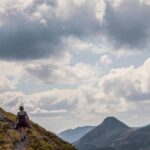 Previous Post
Previous Post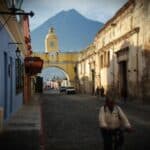 Next Post
Next Post
